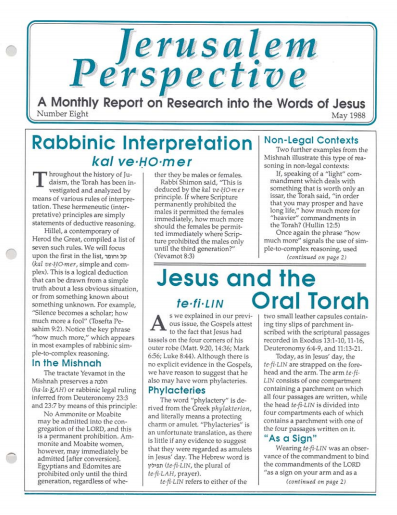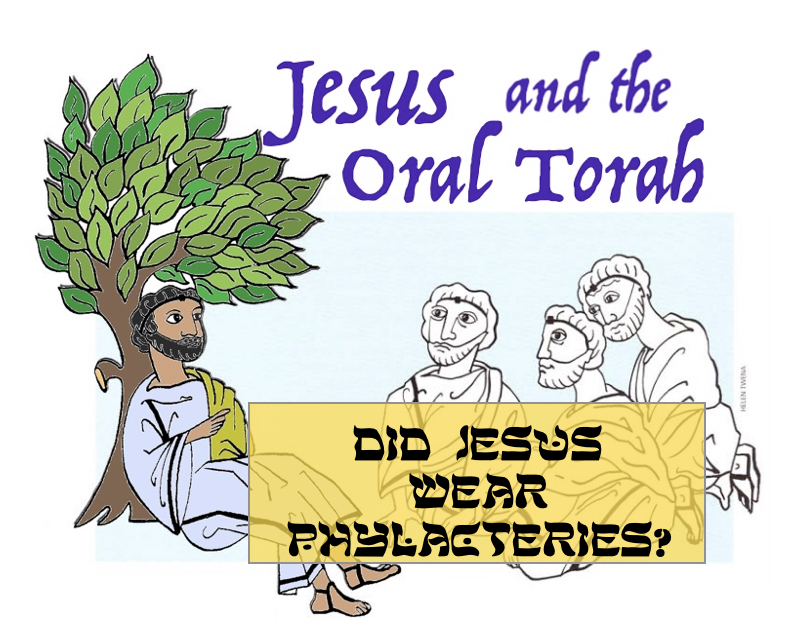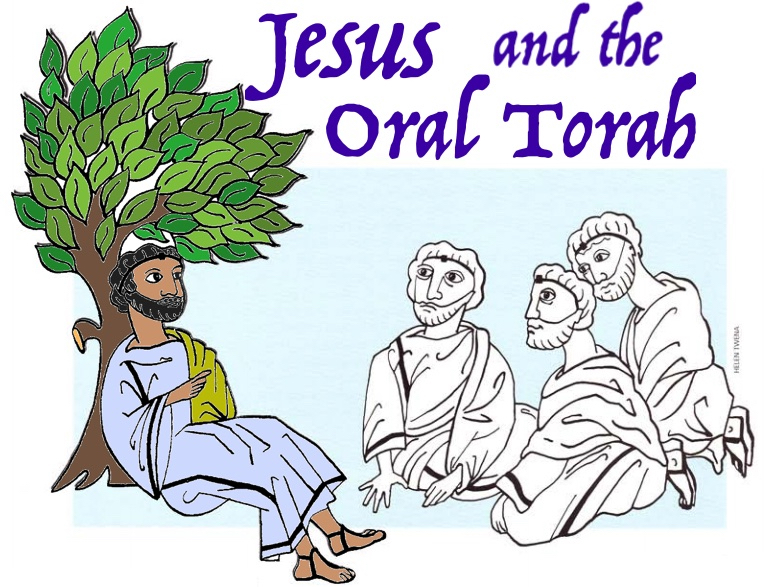Revised: 30-Oct-2016
The Gospels attest to the fact that Jesus had tassels on the four corners of his outer robe (Matt. 9:20; 14:36; Mark 6:56; Luke 8:44). Although there is no explicit evidence in the Gospels, we have reason to suggest that he also may have worn phylacteries.
Phylacteries
The word “phylactery” is derived from the Greek φυλακτήριον (phylakterion), and literally means “a protecting charm or amulet.” “Phylacteries” is an unfortunate translation in Matthew 23:5, as there is little, if any, evidence to suggest that phylacteries were regarded as amulets in Jesus’ day. The Hebrew word is תְּפִלִּין (tefillin), the plural of תְּפִלָּה (tefillah, prayer).
Tefillin refers to either of the two small leather capsules containing tiny slips of parchment inscribed with the scriptural passages recorded in Exodus 13:1-10, 11-16, and Deuteronomy 6:4-9, 11:13-21.
Today, as in Jesus’ day, the tefillin are strapped on the forehead and the arm. The arm tefillin consists of one compartment containing a parchment, on which all four passages are written, while the head tefillin is divided into four compartments, each of which contains a parchment with one of the four passages written on it.
Premium Members and Friends of JP must be signed in to view this content.
If you are not a Premium Member or Friend, please consider registering. Prices start at $5/month if paid annually, with other options for monthly and quarterly and more: Sign Up For Premium





